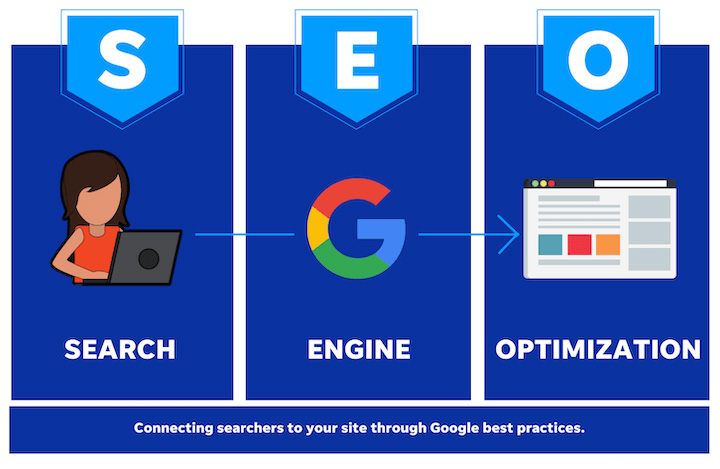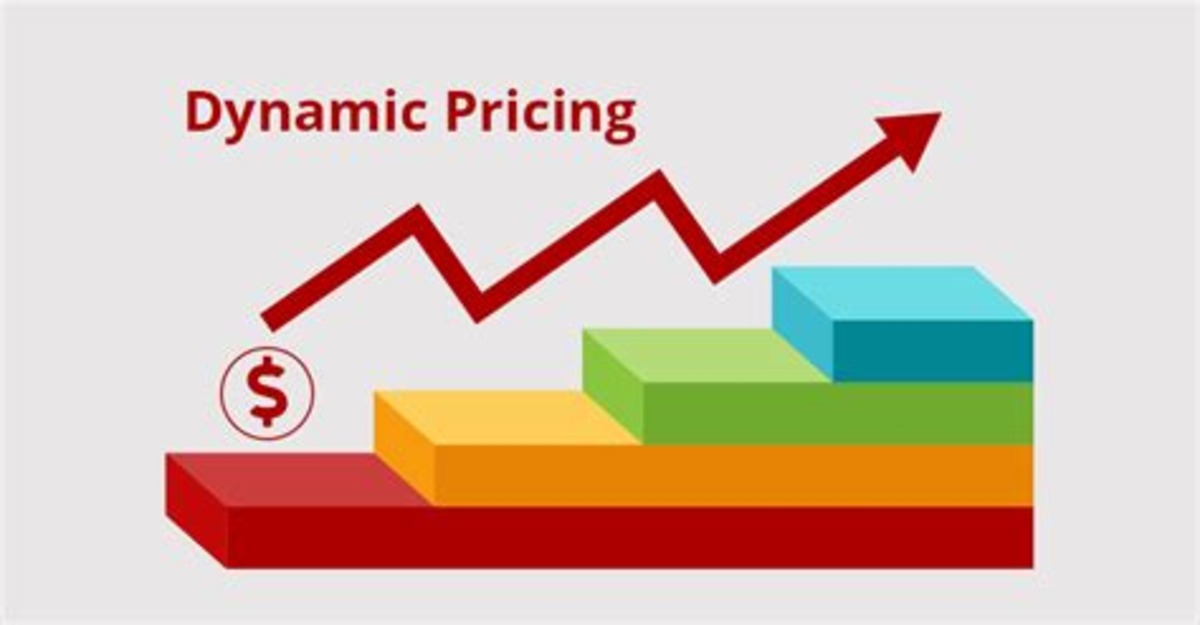
United SEO Digital Marketing Services
December 21, 2022
How The Web Detective Work with Search Engine Optimization (SEO)
January 2, 2023Due to the complexity of dropshipping and the fact that you have no control over the fulfillment process, returns can be challenging to manage. Dropshipping returns on your Shopify store can be made simpler by being aware of the causes of returns and how to address them.
Running a dropshipping company has the benefit of being less expensive and risky than operating a conventional eCommerce company. Around 33% of online retailers use the drop shipping fulfillment model. While dropshipping can be a fantastic approach to running your business, you must consider how significantly the returns process is impacted by not managing inventory.
Sometimes customers ask for refunds and returns because an order wasn’t fulfilled correctly or didn’t meet their expectations. You can simplify your Shopify store’s dropshipping returns procedure by knowing why returns occur, how to handle them, and what procedures to implement.

Handel Dropshipping Returns like an Expert
Running a dropshipping business requires a system for processing returns fast and effectively. A clear return policy simplifies your returns management process and lets customers know what to expect.
Depending on the products you’re dropshipping, you prefer that returns be sent to your warehouse rather than directly to the supplier, or you prefer that customers keep returned items rather than send them back.
Dropshipping returns might be more complicated than typical eCommerce returns, so preparing and creating a policy that works for your business model is crucial.
Make an Effective Return Policy
It’s crucial to have a transparent and easily accessible return policy so that customers have all the information they require to feel confident purchasing from your Shopify store. A clear return policy is crucial because 68% of online shoppers read it before making a purchase.
Know the Supplier’s Return Policy
Ask your dropshipping provider about their return policy before drafting one for your online business. When formulating your store’s return policy, it’s crucial to consider whether they impose restocking, shipping, or time restrictions on returns.
Find out which products can be returned, under what circumstances, if there are additional fees, and how the return procedure is handled.
Since each drop shipping provider will have a distinct policy, working with multiple suppliers might be challenging. You can create a comprehensive general return policy or, as an alternative, set up an automated return portal with all the requirements and settings already in place.
Create your Return Policy
Customers may learn what things they can return, how long they have from the date of purchase to submit a return, and what kind of reimbursement they’ll get from your store by reading the return policy. Any additional costs, such as shipping and restocking fees, should be clarified so that clients know what to anticipate.
Include the following crucial clauses in your return policy:
Conditions for Return Eligibility – The circumstances under which things may be returned.
Returns Solutions – The return options you provide, including store credit, refunds, and exchanges.
Return Time Frame – The length of the return period and the anticipated wait time for a refund or replacement item.
Return Instructions – The actions customers must follow to submit a return request.
Simplify the Return Process
Customers may request dropshipping returns if they are dissatisfied with the product they received or if they simply ordered the wrong item. It’s crucial to be ready for any eventualities so that you can make the necessary plans and take the necessary steps to simplify the returns process.
Common Return Reasons
The product, size, or style the consumer requested was incorrect.
Customers frequently order the incorrect size or the incorrect item by accident. It can be clothing that doesn’t fit or a replacement part for the incorrect model. It is simple to place the incorrect order when shopping online because the buyer cannot physically inspect and touch the things before making a purchase.
People sometimes buy different types or sizes of a product to return those that don’t fit. The easiest approach to deal with this is to have a decent return policy that makes returns simple and provides incentives for customers to exchange their things rather than just return them for a refund.
The item doesn’t match the listing.
If a product doesn’t match its description, you or your supplier may have provided inaccurate information while creating the product description and uploading photographs.
Whether the error was made by you or your supplier, you must provide a workable solution to satisfy your customers.
The product was delivered to the customer broken or flawed.
You don’t have much control over the quality of your products when you run a dropshipping company. You must ensure the consumer is satisfied and pay them if they receive damaged goods. You may keep their business without giving them a refund and possibly losing them as a customer by swapping their order or providing store credit plus a bonus.
The consumer no longer requires the product because it arrived too late.
Customers may no longer require the product depending on how long it takes for their order to arrive. It’s possible they bought the item somewhere else, or their preference changed, and they no longer required it.
It is ideal for offering shipping estimates, real-time updates, and tracking numbers so that clients will know when to anticipate their products.
The incorrect item was shipped.
It is possible for a consumer to get the incorrect product. This could occur due to errors made during dropshipping fulfillment or when manually entering orders to be sent to suppliers. The wrong goods were packaged by the supplier, or the incorrect shipping label was placed on the shipment.
Since the consumer is not to blame in these situations, it is crucial to compensate for the inconvenience by supplying the appropriate item or offering a refund.
Final Words
How you handle returns at your dropshipping business significantly impacts both sales and client loyalty.
In conclusion, it’s critical to:
With a clear returns policy, you can set expectations.
Work with your dropshipping supplier to ensure a seamless return process.
Keep in touch with your client and try your best to satisfy them.
Utilizing a return management system is another excellent method to improve the effectiveness of your returns process. You can manage shipping labels and fees, keep track of returns, and update customers automatically with an automated returns system.


